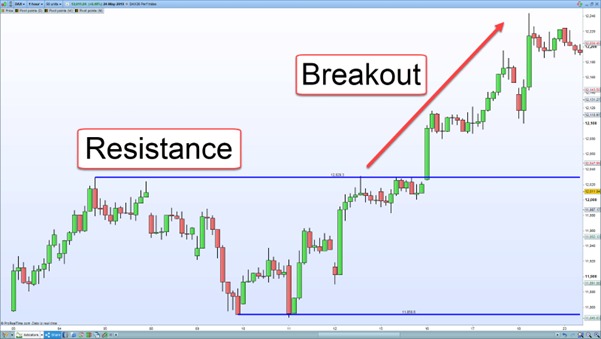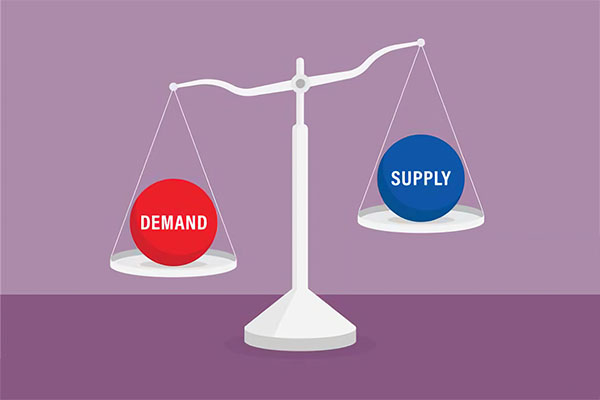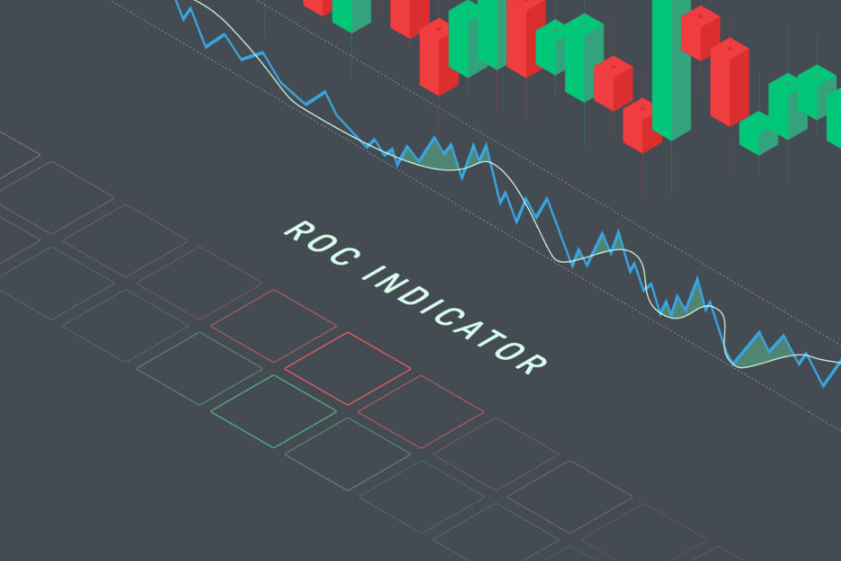Intraday trading is one of the most exciting forms of market participation, offering speed, thrill, and the potential for fast profits. But with that comes a sea of misconceptions. Whether you are a new trader trying to find your rhythm or a seasoned participant looking to refine your strategy, understanding the truth behind these myths can be the difference between success and unnecessary losses.
In this article, we tackle the most persistent falsehoods around intraday trading, separating hype from reality. By the end, you will have a clearer understanding of how intraday trading actually works and how to navigate it wisely.
Debunking 5 Myths About Intraday Trading

Myth 1: Intraday Trading Is Just Gambling
One of the most common beliefs is that intraday trading is no better than placing bets in a casino. This misconception is often driven by stories of rapid losses and risky behaviour.
Reality:
While intraday trading involves risk, it is far from random. Profitable traders use analysis, disciplined risk management, and proven strategies. They rely on tools such as technical indicators, candlestick patterns, volume analysis, and intraday trends to make calculated decisions. The difference lies in preparation and execution, not chance.
Myth 2: You Need to Watch the Screen All Day
Another belief is that intraday trading means being glued to the screen from market open to close, with no breaks or flexibility.
Reality:
Yes, timing is crucial in intraday trading, but that does not mean every second must be spent watching charts. Many traders specialise in specific time windows, such as the first hour after market open or the London–New York overlap. Others set alerts or use Automated Trading tools. With the right approach, it is possible to maintain balance without sacrificing performance.
Myth 3: More Trades Mean More Profit
This is a dangerous trap many beginners fall into, thinking the more trades they execute, the higher their earnings will be.
Reality:
In intraday trading, quality always trumps quantity. Overtrading increases costs through spreads or commissions and exposes traders to more potential losses. Successful intraday traders often wait for high-probability setups, sometimes executing only a few trades per session. They focus on setups that meet strict criteria rather than chasing every price movement.
Myth 4: Intraday Trading Works Best with Penny Stocks
Some believe low-priced, volatile stocks or assets are ideal for intraday trading due to their wild price swings.
Reality:
While high volatility can create opportunities, it also raises the risk of slippage and unpredictability. Many experienced traders prefer liquid, stable instruments like major currency pairs, large-cap stocks, or commodities. These markets offer reliable spreads, better order execution, and more predictable patterns that suit short-term trading strategies.
Myth 5: You Must Have a Huge Capital to Start
Many believe intraday trading is a playground only for well-funded professionals.
Reality:
Although having more capital can offer flexibility in position sizing and reduce the impact of transaction costs, it is not a requirement to begin. With the rise of fractional trading, micro-lots, and leveraged accounts, traders can start with smaller amounts while still participating meaningfully. What matters more is how the capital is managed, not how large it is.
The Truth About Intraday Trading Strategies

Most myths stem from a lack of understanding about how intraday trading strategies are structured. These strategies are often based on short-term technical analysis, price action, support and resistance levels, and market psychology. The goal is not to guess where the market will go, but to react to what the market is doing in real time.
A few of the most common intraday strategies include:
Breakout trading: Identifying key levels and entering when price breaks through
momentum trading: Riding the wave of a strong directional move
Reversal trading: Spotting signs of price exhaustion and targeting pullbacks
Each method requires different skills, and traders often backtest or forward-test these strategies before applying them live.
Why These Myths Persist
Intraday trading often attracts those looking for quick profits or instant success. When results do not materialise, many blame the system rather than their understanding of it. Add to this the flood of misinformation online, and it becomes clear why so many myths continue to thrive.
The role of social media influencers and trading forums also cannot be ignored. Overhyped strategies, screenshots of unrealistically high returns, and generalised advice create false expectations for newcomers.
Intraday Trading Requires a Mindset Shift
The truth is, intraday trading is not for everyone. It demands emotional discipline, fast decision-making, and a willingness to adapt. Success in this space is not about being right all the time but managing risk well when wrong and pressing advantage when right.
Traders who understand this often outperform those who are focused solely on chasing wins. They keep journals, track performance metrics, and continuously refine their systems.
Final Thoughts
Intraday trading remains one of the most misunderstood approaches in the financial markets. But it is not chaos, nor is it a guaranteed path to riches. It is a structured practice that, when approached correctly, can offer consistent opportunities in both rising and falling markets.
By cutting through the noise and challenging myths, traders can make informed decisions and build a more sustainable path in intraday trading.
Disclaimer: This material is for general information purposes only and is not intended as (and should not be considered to be) financial, investment or other advice on which reliance should be placed. No opinion given in the material constitutes a recommendation by EBC or the author that any particular investment, security, transaction or investment strategy is suitable for any specific person.




























